Humanities
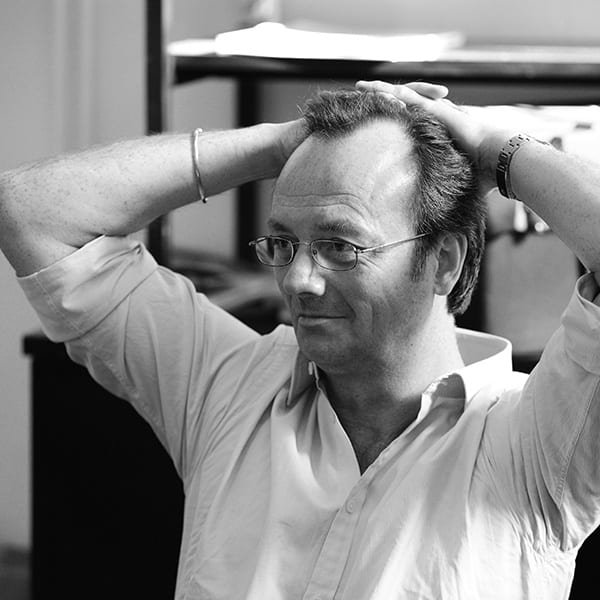
Nick Dear
So you think you know the “Frankenstein” story? If you haven’t read Mary Shelley’s 1818 novel, think again. And if you wish to experience this treasure trove of evocative ideas, now would be a good time, as Washington University’s Class of 2021 embarks on a journey to delve into the rich and complex dystopian tapestry this teenager wrote so eloquently about, and in doing so, contemplate how eerily similar some of the questions she raised 200 years ago still haunt us today.
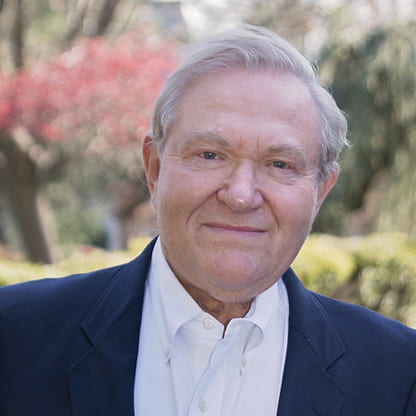
Michael Bornstein and Debbie Bornstein Holinstat
He was the little blonde-haired boy in the iconic picture of children being liberated from the Auschwitz concentration camp. He was one of the lucky ones who made it out alive.
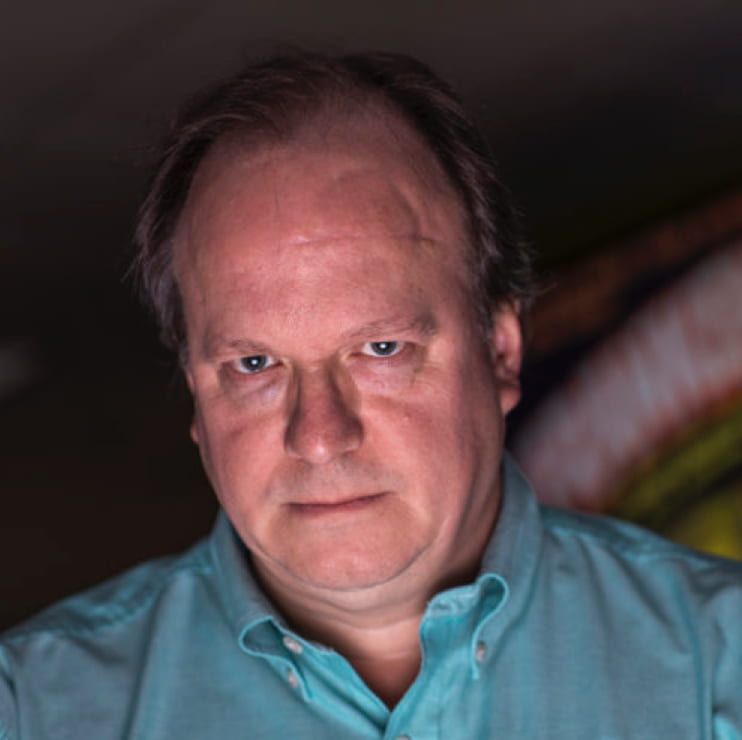
Michael Wysession
Though Mary Shelley didn’t predict climate change in Frankenstein, Wysession sees similarities between the actions of the eponymous scientist and our excessive production of greenhouse gasses.
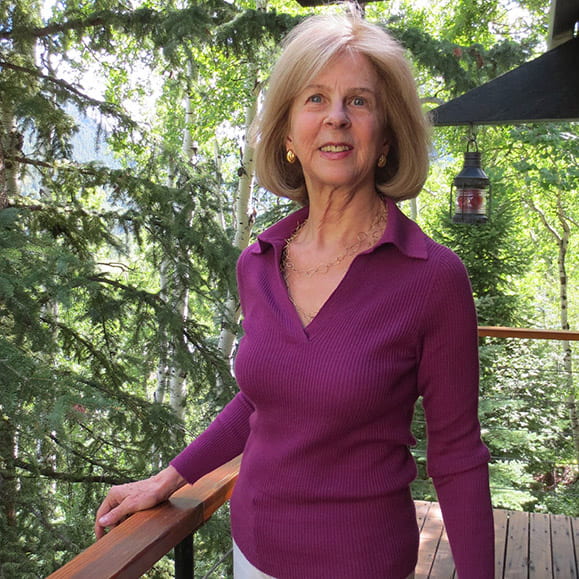
Elaine Pagels
As a doctoral student of religious studies at Harvard, Elaine Pagels found her own “forbidden fruit,” which came in the form of secret writings that were decreed heretical a very long time ago.
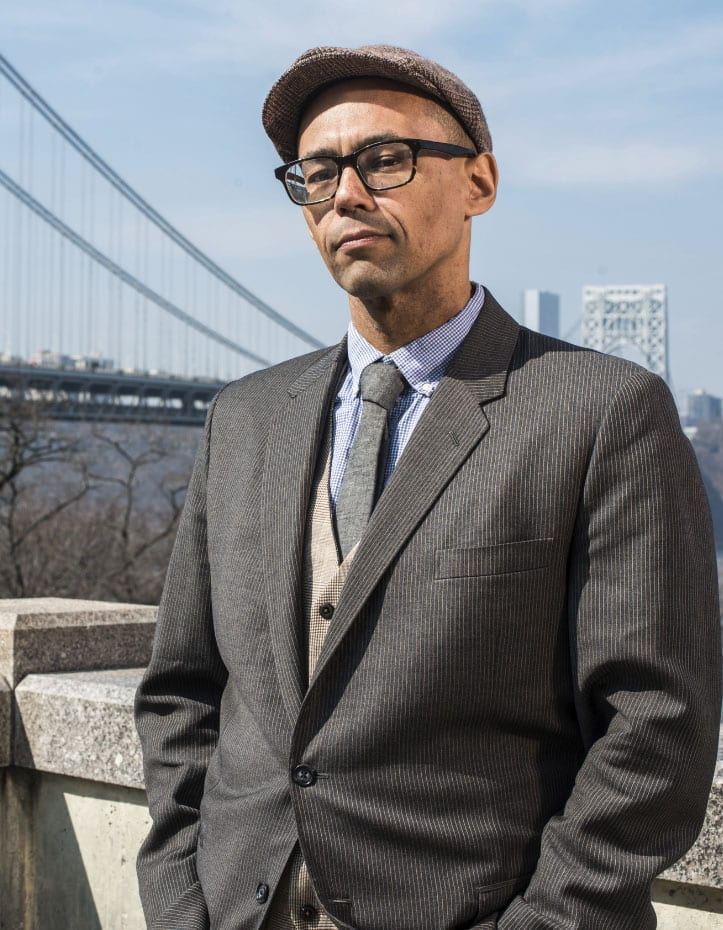
Victor LaValle
In addition to the 2018 comic book, LaValle has published four novels: “The Ecstatic;” “Big Machine;” “The Devil in Silver;” and “The Changeling;” two novellas: “Lucretia and the Kroons” and “The Ballad of Black Tom;” and the short story collection, “Slapboxing with Jesus.” His numerous awards include the Whiting Writers’ Award, the Shirley Jackson Award, a United States Artists Ford Fellowship, and a Guggenheim Fellowship.